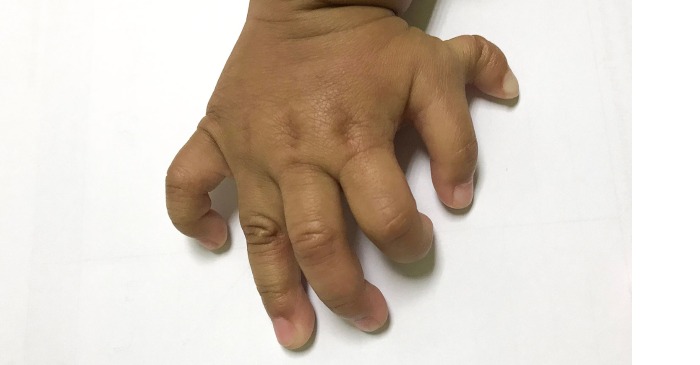A medical team at the Komfo Anokye Teaching Hospital(KATH) has performed successful surgery to repair a complex congenital limb malformation known as Polymelia in a five-month-old baby.
Limb malformation is a congenital abnormality where an arm or leg doesn’t form normally as a baby grows in the uterus. The babies are subsequently born with the defect.
In the KATH procedure, excess limbs were attached to a segment of the infant’s body.
The team made up of surgeons, anesthesiologists, pediatricians, and nurses accomplished this remarkable feat in a six-hour operation on February 20, 2023.
This comes as a relief as babies with such conditions in Ghana were often abandoned by their families due to the ignorance surrounding the condition.
These babies are often described as cursed, bearers of bad luck, shameful, or punishment to the parents for their sins.
But limb defects in infants have been established by experts as medical conditions that can be treated.
On this premise, The Ghana Report takes a look at some key points about this medical condition.
- How common are congenital limb malformations?
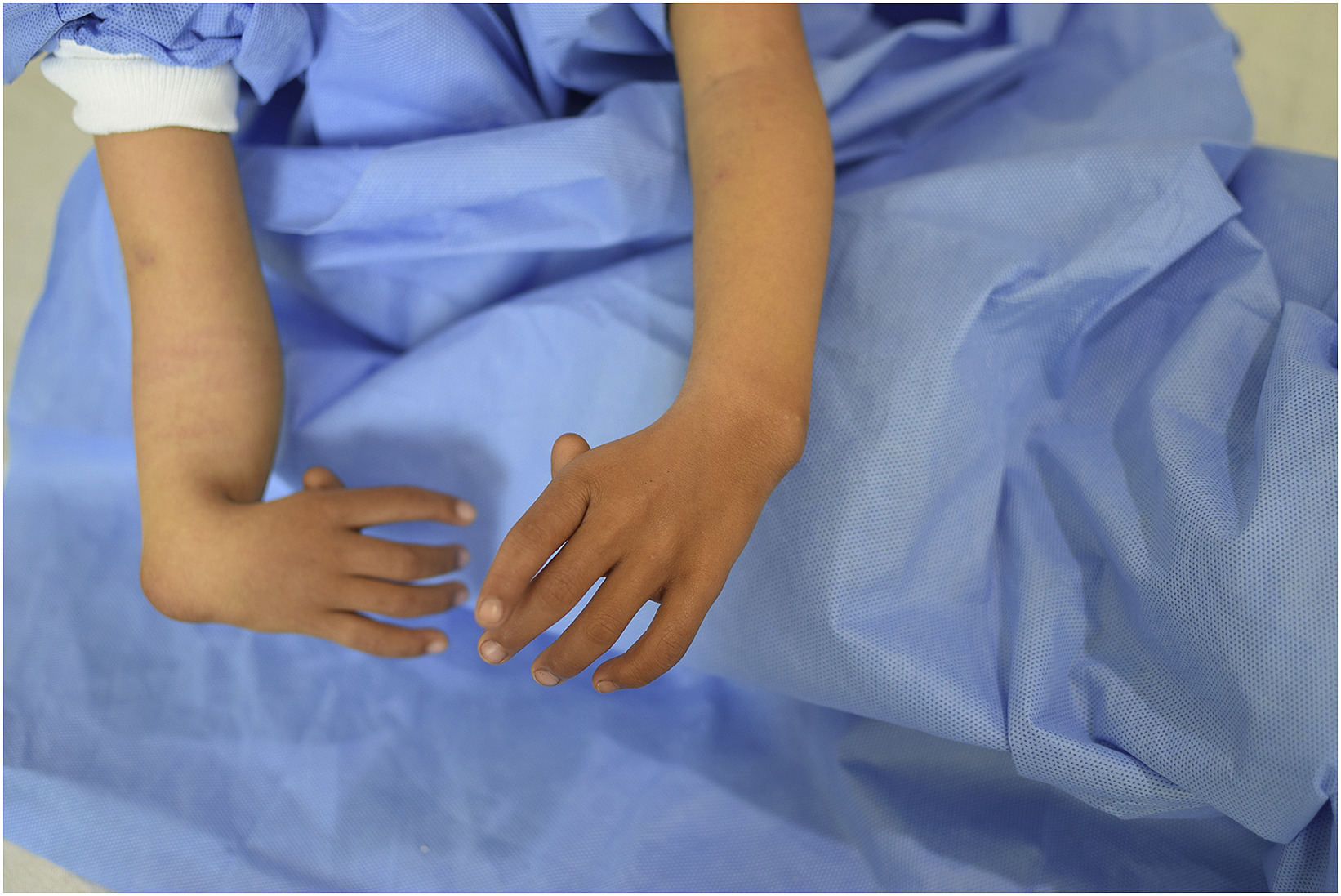
Congenital limb defects are quite rare. The rate of these defects has been reported to be 6 per 10,000 live births.
According to Bedard et al., the lower limbs are less commonly affected than the upper limbs, and 10.8% of affected infants have malformations of both upper and lower limbs.
- What causes congenital limb defects or malformation?
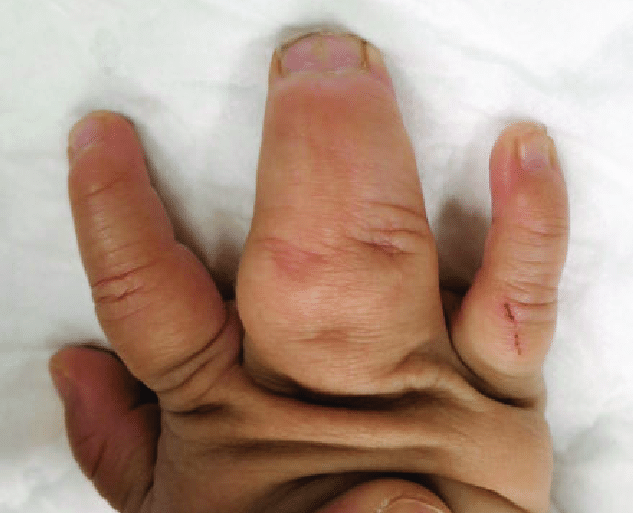
The exact cause of a congenital limb defect is often not known according to Stanford Medicine Children’s Health.
However, certain things may increase the chances of a child being born with such a defect. These include gene problems, exposure to some viruses, and exposure to chemicals.
In Ghana’s case, the effects of illegal mining, locally known as galamsey have been linked with many deformities in newborns.
According to the Paediatric Society of Ghana, exposure to chemicals such as lead, mercury, arsenic, and other heavy metals from Galamsey is contributing to cause congenital malformations.
- How are congenital limb defects diagnosed?
The diagnosis of a congenital limb malformation is made at birth. It may be linked to other bone conditions or syndromes.
- Symptoms of congenital limb malformation
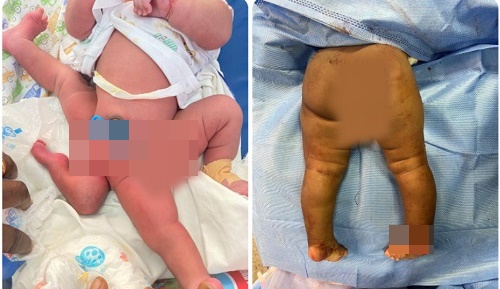
The symptoms of a congenital limb defect are the complete absence of the limb, and failure of a portion of the limb to separate which is commonly seen in the fingers and toes.
Another symptom is duplication commonly seen as extra fingers or toes. An example is polydactyly, where a foot or hand has more than 5 digits.
Others are overgrowth, that is the limb being much larger than the normal limb, and undergrowth where the limb is much smaller than the normal limb.
- How is a congenital limb defect treated?
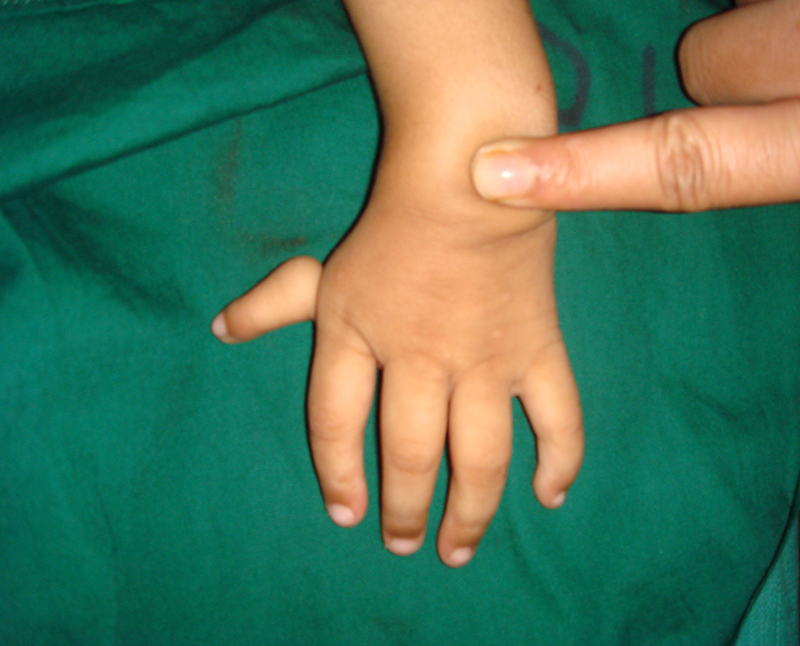
There is no standard treatment for a congenital limb defect. Treatment choices may include artificial limbs (prosthetics), splints or braces (orthotics), surgery, and rehabilitation, such as physical or occupational therapy.
However, the treatment is normally based on the child’s age, general health, medical history, the extent of the defect as well as the type.
Other factors are the child’s tolerance for specific medications, procedures, or therapies.
Most importantly the parents’ opinions or preferences will be considered.
The overall goal for the treatment of congenital limb defects is to provide the child with a limb that has proper function and appearance.
Treatment goals can vary for each child. Some goals may include promoting normal development, discovering a sense of independence, encouraging self-care, and improving cosmetic appearance and adaptation.



